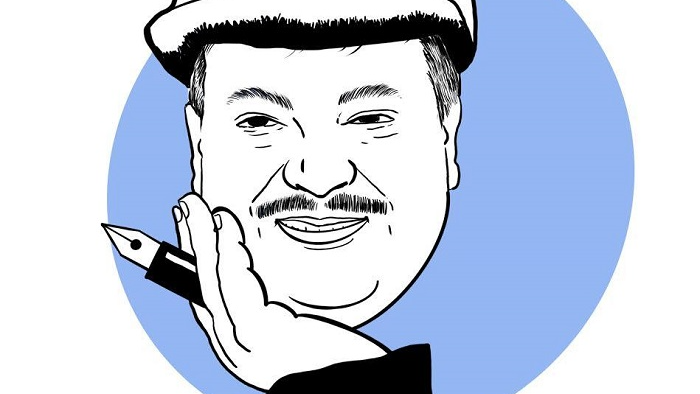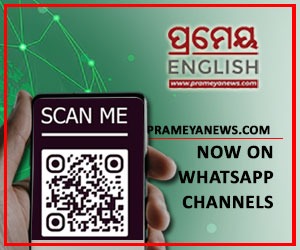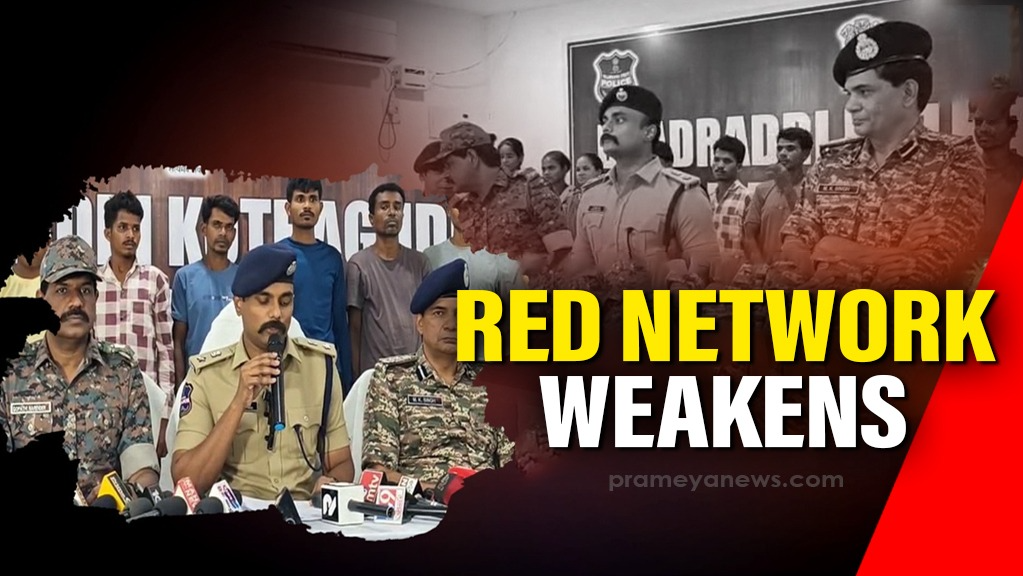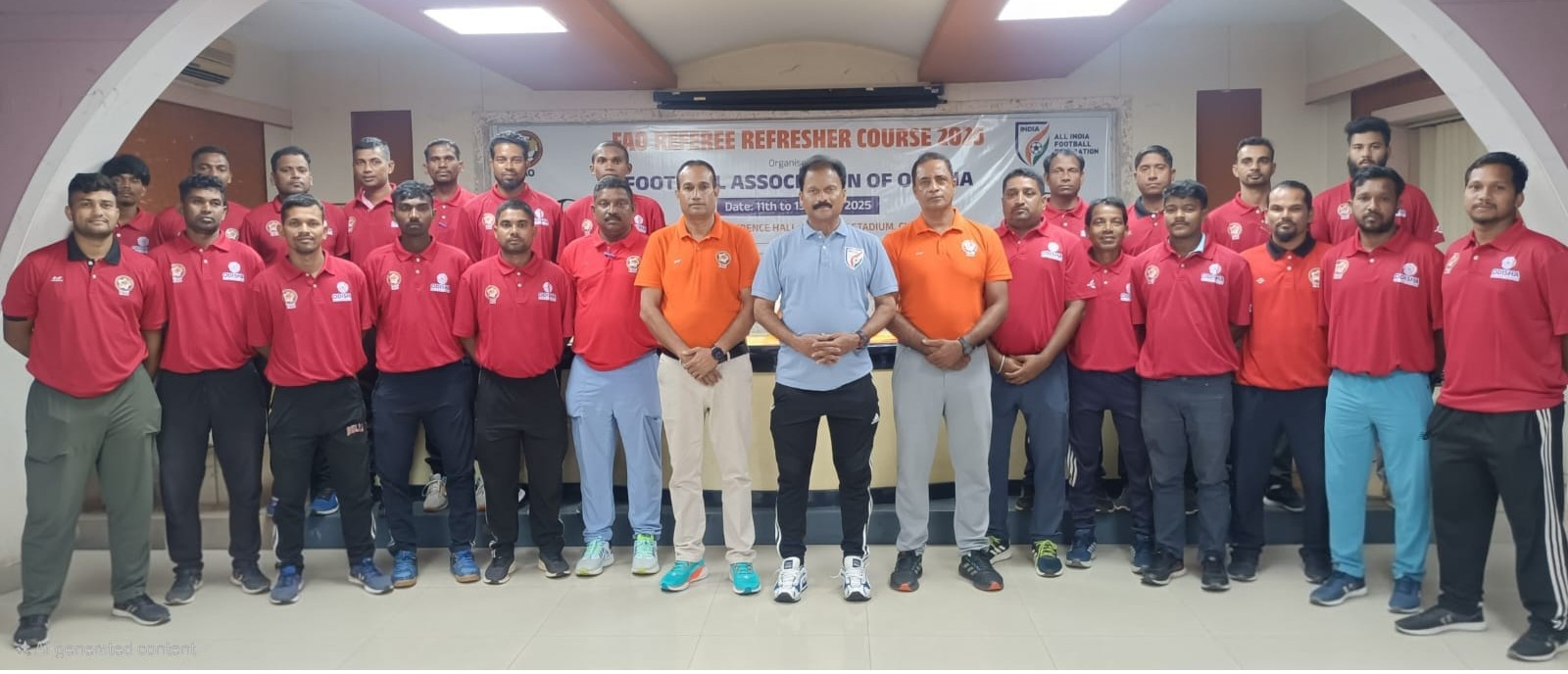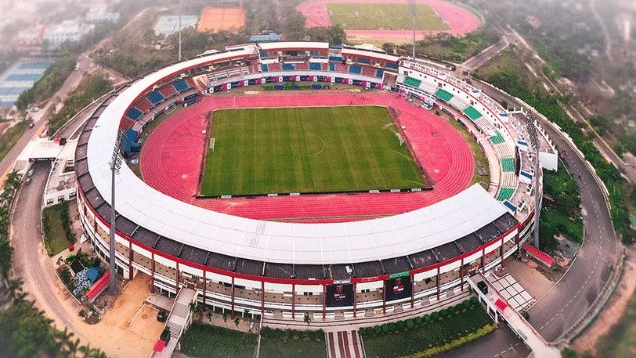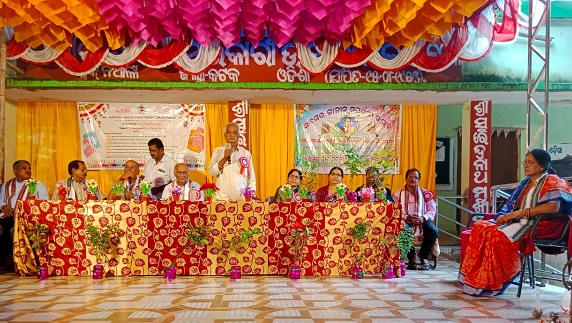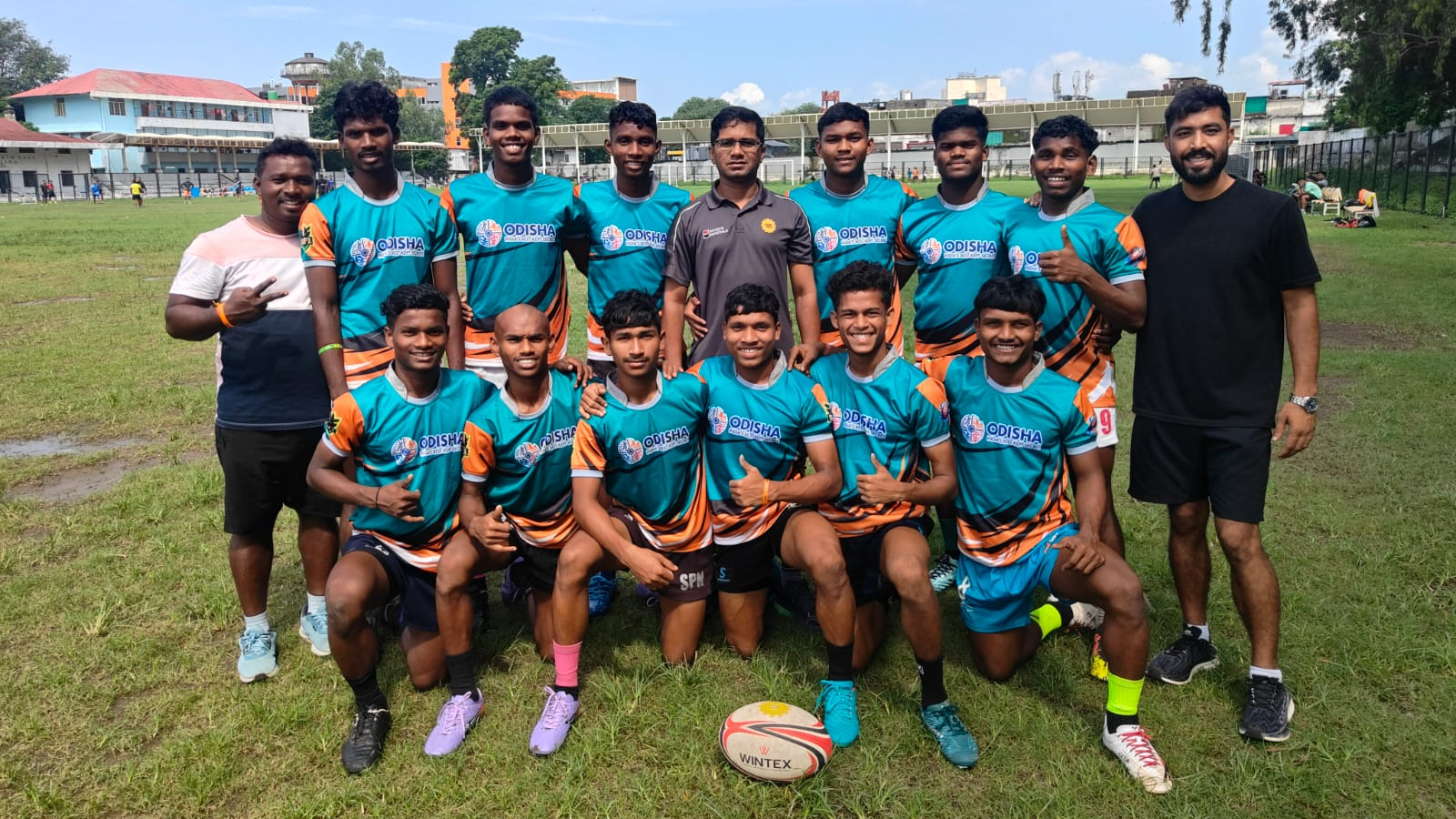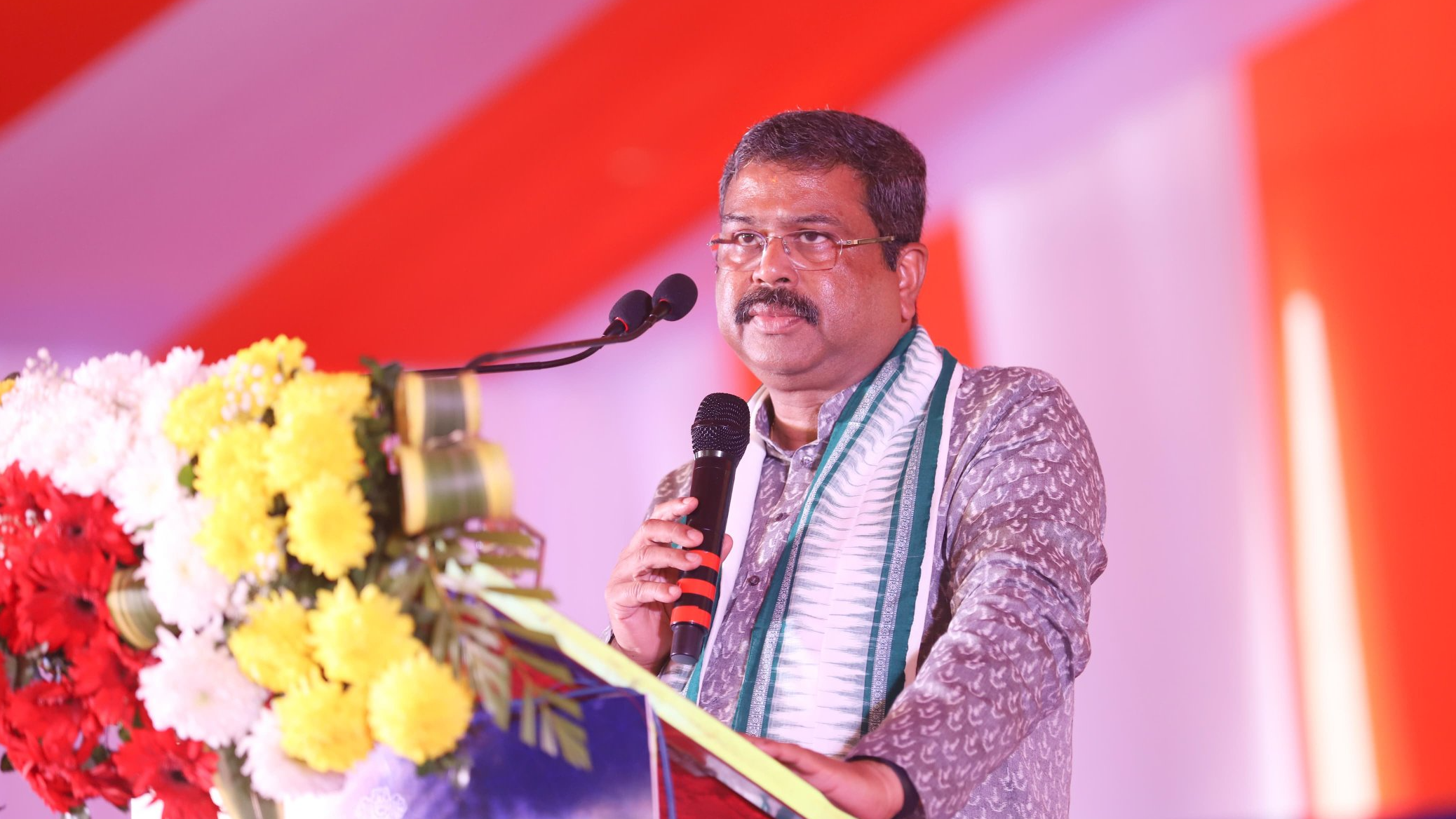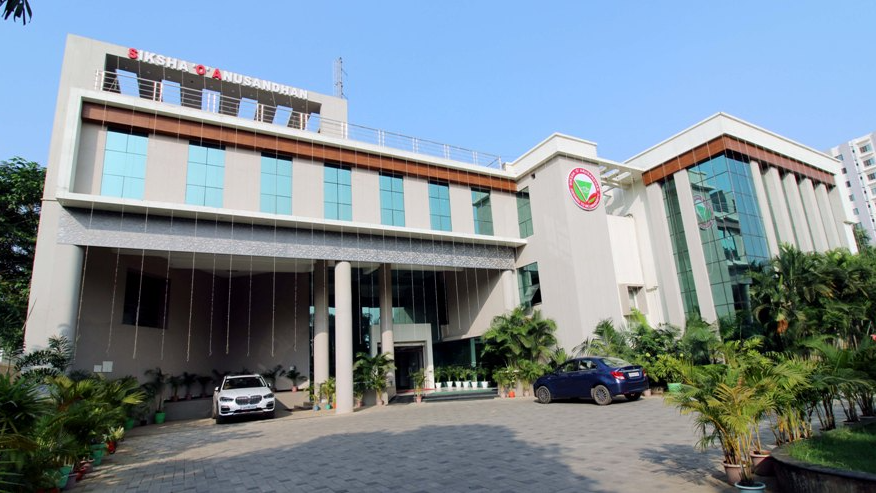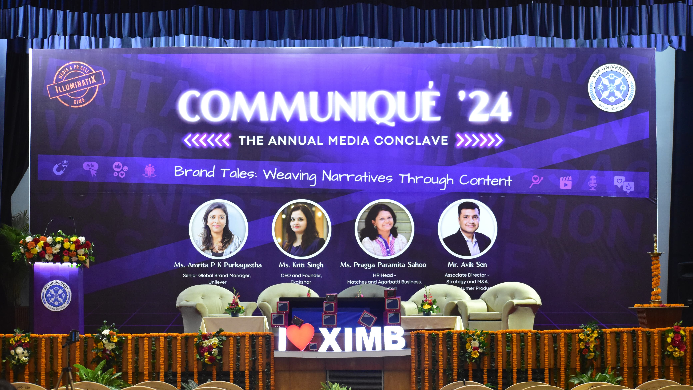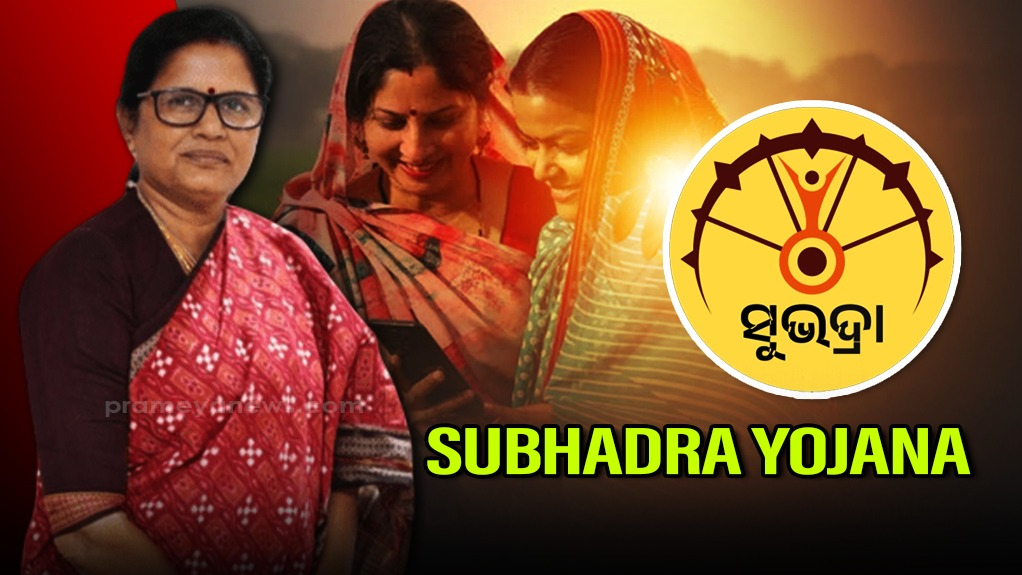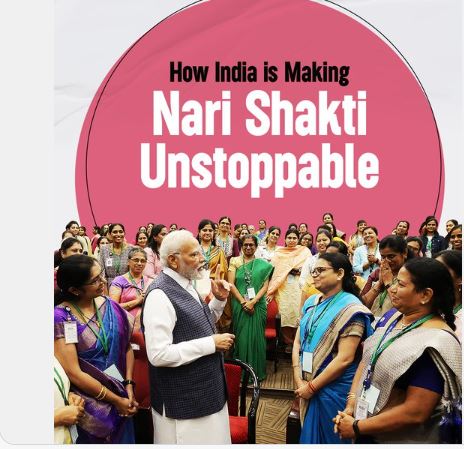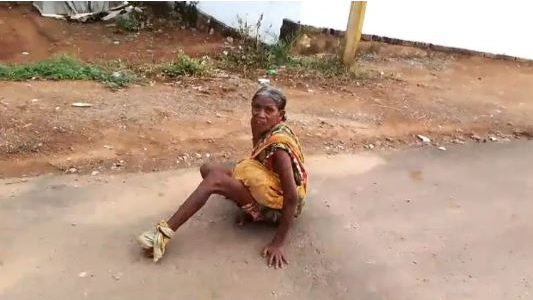Mrinal Chatterjee
Rath Yatra, also known as the Chariot Festival, is one of the significant and vibrant Hindu festivals celebrated across the country and beyond, but primarily in the state of Odisha at Puri. This annual festival is dedicated to Lord Jagannath, an incarnation of Lord Vishnu, along with his siblings, Lord Balabhadra and Goddess Subhadra.
The highlight of Rath Yatra in Puri is the grand procession in which the deities are transported from the Jagannath Temple to the Gundicha Temple, about three kilometers away. This journey is undertaken on enormous, intricately decorated chariots, or "raths," which are pulled by thousands of devotees using long ropes. The chariots, each dedicated to one of the deities, are constructed anew every year with great care and craftsmanship, symbolizing the deities' annual visit to the Gundicha Temple.
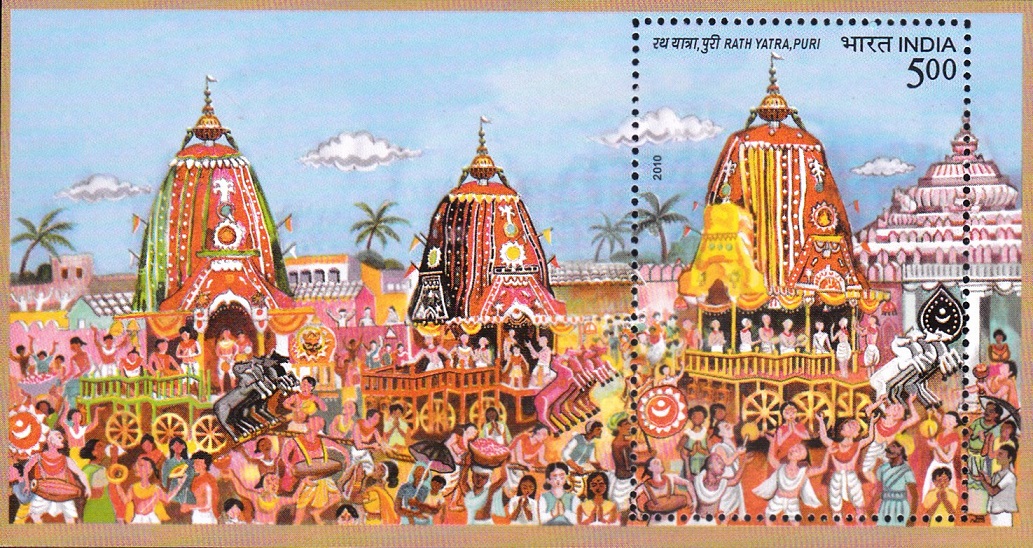
The deities remain at the Gundicha Temple for a week before returning to the Jagannath Temple in a similar procession called "Bahuda Yatra." The journey is accompanied by chanting, singing, dancing, and a fervent display of devotion, creating an electrifying atmosphere.
Rath Yatra holds deep religious significance. It symbolizes the journey of life and the divine's willingness to come closer to the devotees, breaking the barriers of the temple. The festival is also an embodiment of inclusiveness, where people from all walks of life, irrespective of caste, creed, or religion, come together to participate and seek blessings.
In India, Rath Yatra is held in many places besides Puri including Mahesh in West Bengal, Ahmedabad in Gujarat.
Chariot festivals, celebrated in various cultures worldwide, hold significant religious, cultural, and historical importance. These festivals often involve grand processions where deities or revered figures are paraded on beautifully decorated chariots, symbolizing divine presence and blessings.
In Japan, the Gion Matsuri in Kyoto, celebrated in July, is a renowned chariot festival. It features majestic floats called "yamahoko," which are paraded through the streets. The festival, rooted in Shinto traditions, seeks to appease the gods and ensure good fortune.
Nepal celebrates the Rato Machindranath Jatra in Patan, dedicated to the rain god, Rato Machindranath. The festival involves a grand chariot procession, emphasizing the cultural and agricultural significance of rain and harvest.
In the Western world, the Festival of Corpus Christi in Spain and some Latin American countries includes chariot processions, symbolizing the Eucharist's significance in the Catholic faith.
The chariot festivals, though diverse in their origins and practices, share common themes of reverence, community spirit, and cultural expression, uniting people in celebration and devotion across the globe.
JackFruit
Late summer early rain- is the time of jackfruits- that awful looking monster size fruit- that entire South Asia loves.
Jackfruit (Artocarpus heterophyllus) is a tropical fruit known for its impressive size, versatility, and nutritional benefits. It is native to South Asia, particularly the rainforests of India, Bangladesh, and Sri Lanka. Jackfruit is the national fruit of Bangladesh, and the state fruit of Kerala (which hosts jackfruit festivals) and Tamil Nadu.
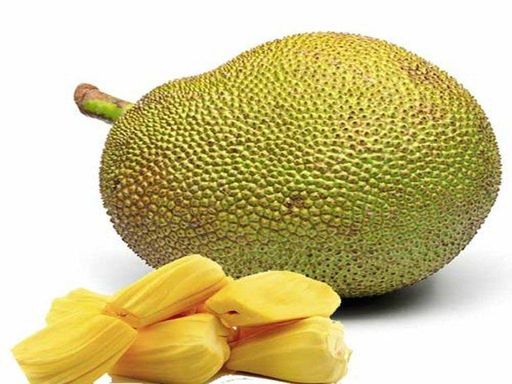
One of the most striking features of jackfruit is its size; it is the largest tree-borne fruit, often weighing up to 40 kilograms and growing up to 35 inches in length. The fruit's exterior is covered with a thick, spiky rind that houses numerous yellow, fibrous bulbs inside. These bulbs contain seeds and are the edible part of the fruit, offering a sweet, tropical flavor.
Jackfruit has good nutritional value. It is rich in vitamins A, C, and B-complex, as well as minerals like potassium, magnesium, and iron. Additionally, it is a good source of dietary fiber and antioxidants, contributing to its health benefits, which include improved digestion, enhanced immune function, and potential anti-inflammatory effects.
One of the most interesting aspects of jackfruit is its versatility in culinary applications. In its ripe form, jackfruit can be eaten fresh or used in desserts, smoothies, and jams. However, it is the unripe, green jackfruit that has gained attention as a meat substitute. When cooked, its fibrous texture closely resembles shredded chicken, making it a popular choice for vegan and vegetarian dishes. Green jackfruit can be used in curries, stir-fries, tacos, and sandwiches, absorbing flavors and providing a satisfying, meat-like consistency.
Beyond its culinary uses, jackfruit holds economic and environmental significance. It is a resilient crop, capable of growing in diverse climatic conditions and requiring minimal agricultural inputs, making it a sustainable food source. Its seeds are also edible and can be roasted or boiled, further enhancing its utility as a food crop.
My mother loves ripe jackfruit. She eats it raw or with mudi or muri (rice crispy). So does my wife. One note of warning from them: Do not eat jackfruit with milk or carbonated drinks. It may cause digestion and skin issues You should also avoid drinking water after the consumption of jackfruit as it can lead to diarrhea as it is a high water content fruit that smoothes out bowel movements.
July 4 is Jackfruit day.
Tailpiece: Rain
Why did the raindrop break up with the cloud during the rainy season?
Because it needed some space to precipitate!
Disclaimer:
This is the personal opinion of the author. The views expressed in this write-up have nothing to do with www.prameyanews.com.






